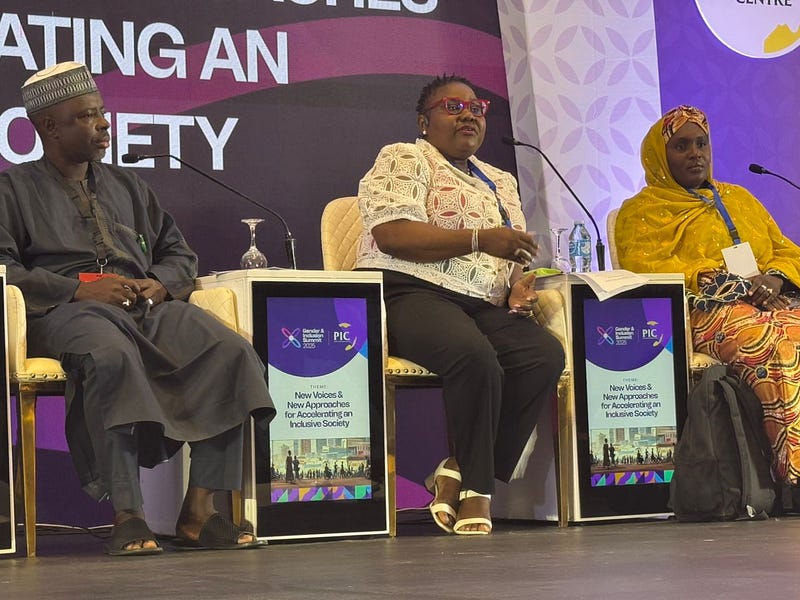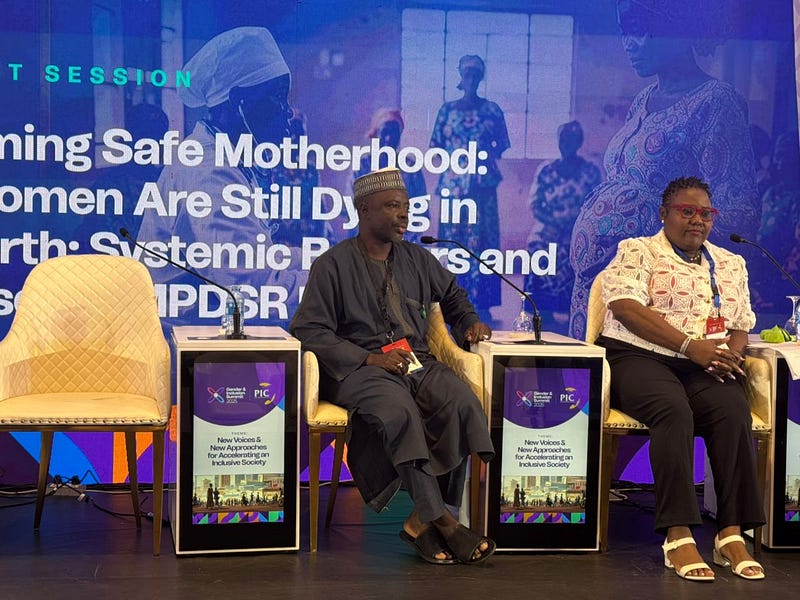Maureen Moneke (Lead writer)
Every maternal or perinatal death carries two tragedies, the life lost and the lessons that go unlearned when the circumstances of that death are not reviewed and acted upon. Most maternal deaths can be prevented when health systems identify root causes, act on drivers, and close existing gaps. Where this continuous learning cycle is weak or absent, preventable deaths continue to occur.
According to World Health Organization (WHO) 2023 estimates, Nigeria’s Maternal Mortality Ratio (MMR) stands at 993 per 100,000 live births. A review across six states sheds light on the leading causes of these deaths. Postpartum haemorrhage and prolonged obstructed labour were the leading causes of maternal death. This begs the question; Why are we still counting avoidable deaths without translating them into decisive course-correction actions?
Maternal and Perinatal Death Surveillance and Response (MPDSR) is a proven, practical approach that turns tragedy into action by identifying every death, reviewing the underlying medical and social causes, and implementing feasible solutions to prevent similar deaths in the future.
At the 2025 Gender and Inclusion Summit, Nigeria Health Watch in collaboration with Policy Innovation Centre convened a breakout session themed “Why Women Are Still Dying in Childbirth: Systemic Barriers and the Case for MPDSR Reform.” The discussion exposed a stark reality, the enforcement bill for MPDSR has not been passed into law, leaving the system without the legal force needed to mandate full compliance. This reinforces the need for a nationally coordinated and legally backed framework that ensures every maternal and perinatal death is reviewed and lessons acted upon.

From tragedy to accountability
Kano, one of Nigeria’s highest-burden states for maternal deaths, has integrated MPDSR at the facility level. Committees review every case, validate findings at the state level, and translate them into actionable workplans.
As Mansura Yahaya, State Maternal and Child Health (MCH) Coordinator at the Kano state Ministry of Health noted, “in all the facilities where deaths occur, we have a checklist, and the State MPDSR Committee, chaired by the Honourable Commissioner conducts quarterly reviews and annual meetings to follow up on progress.”

session. Image credit: Nigeria Health Watch
This process has enabled Kano to identify the leading causes of maternal and perinatal deaths and craft facility-specific solutions. Yet, the greatest challenge is at the community. Yahaya explained that “we have a gap of not conducting MPDSR at the community level though piloting has begun in Kibiya Local Government Area [LGA].”
With support from the National Primary Health Care Development Agency (NPHCDA) and Maternal and neonatal reduction Innovation Initiative (MAMII), Kano state has an opportunity to expand surveillance into communities, ensuring no maternal death remains invisible or unaddressed.
Lagos State has become a frontrunner in demonstrating how MPDSR can move beyond record-keeping to drive systemic accountability. As Dr Veronica Iwayemi, Acting Director, Medical Services and Disease Control, Lagos State Primary Health Care Board explained, “we needed to move from just gathering or collecting data to actually acting on data, shifting the culture from silence and fear of blame to one of collective learning and prevention.” This mindset change was reinforced through sensitisation of health workers and the establishment of MPDSR committees at facility, LGA, and state levels, supported by dedicated surveillance officers to ensure regular review and follow-up.

The state of maternal mortality cannot be fully understood by facility-based reviews alone. With nearly half of Nigerian women giving birth outside formal health facilities, many community-level deaths remain undocumented. To close this surveillance gap, Lagos State pioneered the Lagos State Verbal and Social Autopsy Sample Registration System (LVASA-SRS), training data collectors to capture maternal deaths across 20 LGAs, including those occurring either at home or with traditional birth attendants. Project Aisha is also strengthening the implementation of Community-based MPDSR by equipping healthcare workers and communities with tools to identify and report maternal deaths more effectively. There is now growing advocacy for the Lagos State Government to pass a bill that embeds this maternal death surveillance structure within the state’s health system.
This comprehensive approach enabled Lagos to not only understand where and why women were dying, but to also use the evidence for advocacy. The state established a dedicated line item within the Ministry of Health for family planning and reproductive health, which includes allocations for MPDSR activities and maternal health accountability.
The case for national legislation
While states like Lagos and Kano are demonstrating what is possible when MPDSR is fully established and operational, Dr Muhammad Bello Garba, Deputy Director, Head of Health Services Division and National Lead Community MPCDSR/MAMII Service Delivery, NPHCDA cautioned that this progress remains uneven across the federation. He asserted that “we must stop treating maternal and perinatal deaths as mere statistics, each loss is a catastrophic event that demands a systemic response at every level, individual, facility, and community.”

To this end, stakeholders agree on the need to have country legislation in support of MPDSR implementation.
· Mandate the reporting of every maternal and perinatal death across all states.
· Assign clear roles and responsibilities for all relevant stakeholders across health system levels.
· Create budgetary obligations to sustain reviews and responses.
· Provide legal protection for health workers participating in such reviews against punitive measures. This will encourage full participation of health care providers.
Nigeria already has MPDSR guidelines and promising state-level pilots, but without legislation, implementation will remain uneven and dependent on political will. The missed opportunity of the last administration to sign the MPDSR Bill in law is a cautionary reminder. As Dr. Bello noted “this law should not be seen as punitive, but as a tool that transforms maternal death reviews into a system-wide commitment for accountability, learning and prevention.”
Passing the MPDSR Bill would align Nigeria with global best practices, embed sustainability into maternal health systems, and send a clear message that every preventable maternal death is one too many, and accountability can no longer be optional.
Countries across Africa that have institutionalised MPDSR show how powerful that learning cycle can be. In Ethiopia, a remarkable reduction in MMR has been recorded since the implementation of MPDSR. The country has moved from 871 per 100,000 live births in the year 2000 to 267 per 100,000 live births in 2020.
In Kenya, counties like Kiambu, Turkana and Bungoma sustained MPDSR and related quality-improvement efforts have been credited with reductions in maternal mortality and improved care for expectant mothers.
Similarly, in Uganda, the Ministry of Health’s annual MPDSR report further highlights that MPDSR has strengthened accountability and learning by ensuring most maternal and perinatal deaths are notified and reviewed, helping identify avoidable factors, guide system improvements, and ultimately contributing to a reduction in the MMR from 336 to 189 per 100,000 live births.


